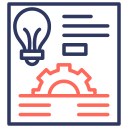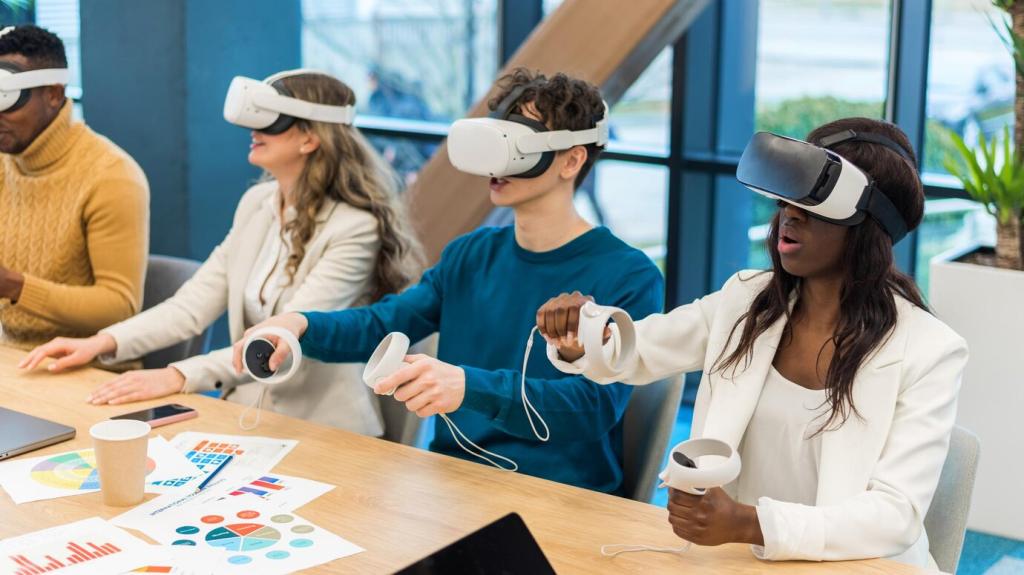
Virtual Reality: Transforming UX Design Learning
Chosen theme: Virtual Reality: Transforming UX Design Learning. Step into a hands-on, spatial world where theory becomes muscle memory, research feels alive, and design intuition grows through embodied practice. Join our creative journey, share your headset insights, and subscribe to explore weekly techniques, tools, and stories that make immersive UX learning unforgettable.
Why VR Is Rewriting the UX Classroom
Immersion that sticks
Learning in VR often feels like visiting a memory rather than reading a lesson. Presence, spatial context, and active exploration help concepts anchor deeply. One cohort told us they remember “where” in the room a mistake happened, then never repeated it. Share if you’ve felt similar recall benefits.
Learning by doing in spatial contexts
Instead of discussing target sizes, students physically reach, bend, and grasp to validate interaction comfort. They notice how button placement affects balance, how scale shifts intent, and where fatigue begins. This embodied feedback loop accelerates understanding. Comment with your favorite hands-on exercise for testing comfort and reach.
From flat screens to embodied intuition
VR encourages learners to think with the whole body, not just the eyes. Concepts like proximity, occlusion, depth cues, and ergonomics become intuitive through repetition. Over time, designers trust their spatial sense like musicians trust ear training. Have you developed a reliable “gut feel” for 3D interfaces?
Designing for Spatial Interfaces
In 3D, objects signal usability through scale, distance, casting shadows, and believable responses. Subtle highlights and occlusion reveal hierarchy, while audio cues confirm intent when visuals compete. Clear anchors in space reduce confusion and support discovery. What tricks help you make interactions feel obvious without aggressive tutorials?
Prototyping Workflows in VR
Begin with storyboards and paper flows to clarify purpose. Then block out rooms, zones, and interaction hotspots using simple shapes. Grayboxing focuses critiques on layout, pacing, and comfort, not surface polish. Record quick walkthroughs for feedback. What early questions do you ask before investing in detailed models or shaders?
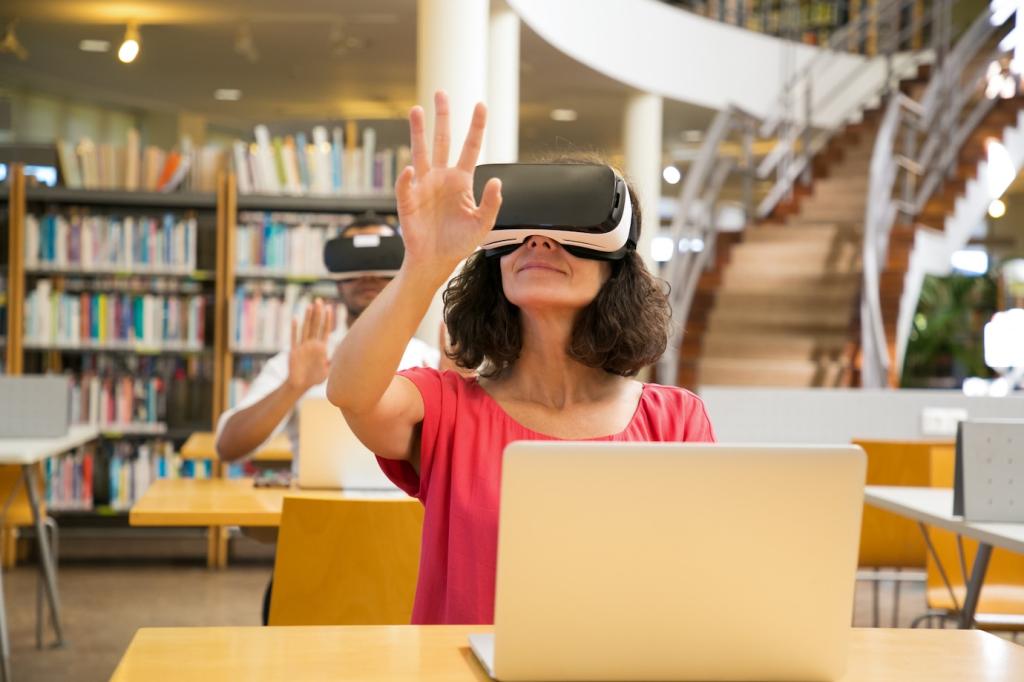
Headsets can reveal where attention lingers, how hands approach targets, and when posture changes reflect confusion or strain. Combine these signals with think-aloud or retrospective interviews. Always frame capture transparently. Which metrics—completion times, error hotspots, or gaze heat—have shaped your design decisions most persuasively?
User Research Inside Headsets
Storytelling, Presence, and Motivation
Narrative onboarding that teaches principles
Wrap tutorials in purpose. Instead of labeling buttons, place learners in a scenario where spatial cues guide them naturally. The story justifies mechanics and encourages exploration. Our favorite moment: a learner realized sign height mattered after missing directions in a bustling plaza scene. What narrative beats work for you?
Micro-challenges with immediate feedback
Small, focused tasks let learners practice without overload. Celebrate correct actions with subtle haptics and spatial audio, and explain missteps with gentle, contextual guidance. Progression should feel rewarding, not punishing. How do you structure achievements that teach spacing, affordances, and comfort without overwhelming newcomers to immersive interfaces?
Anecdote: The day scale changed everything
A student team mocked a control panel at desk height. In VR, they instinctively reached higher, revealing a mismatch with natural expectations. Fixing scale and height improved success instantly. That visceral discovery reshaped their heuristic checklist forever. Tell us about a moment when spatial reality overturned your initial assumptions.
Building Your VR UX Career
Feature short clips, interaction maps, and research highlights with before-and-after comparisons. Emphasize comfort improvements, task completion gains, or reduced user confusion. Include artifacts like graybox stages and annotated scenes. What case study structure helps reviewers understand your decision-making without needing a headset for every single example?
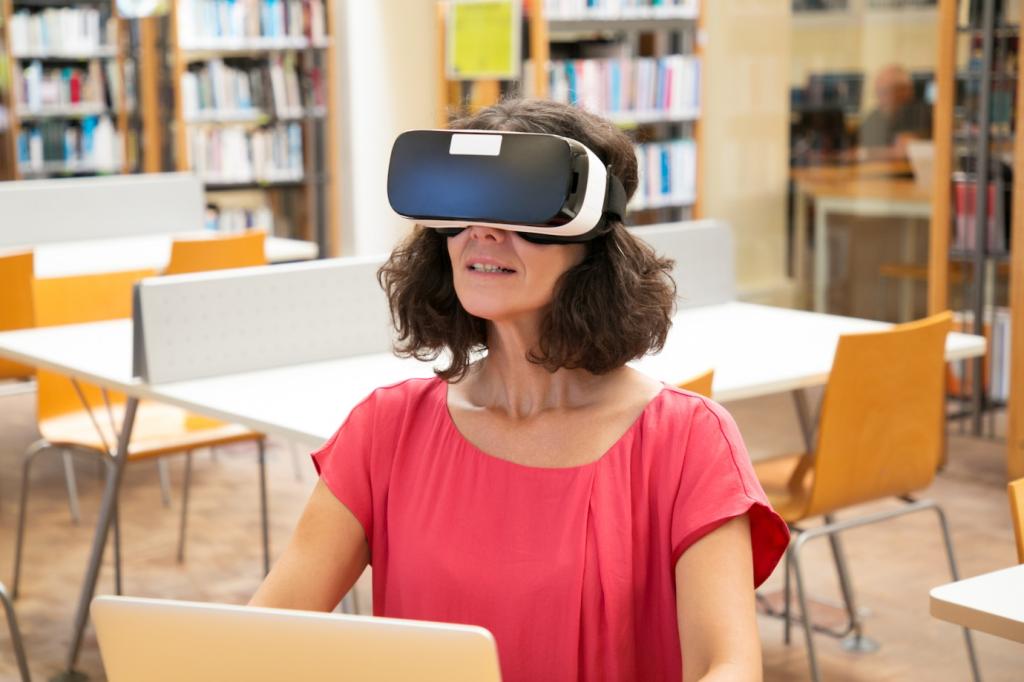
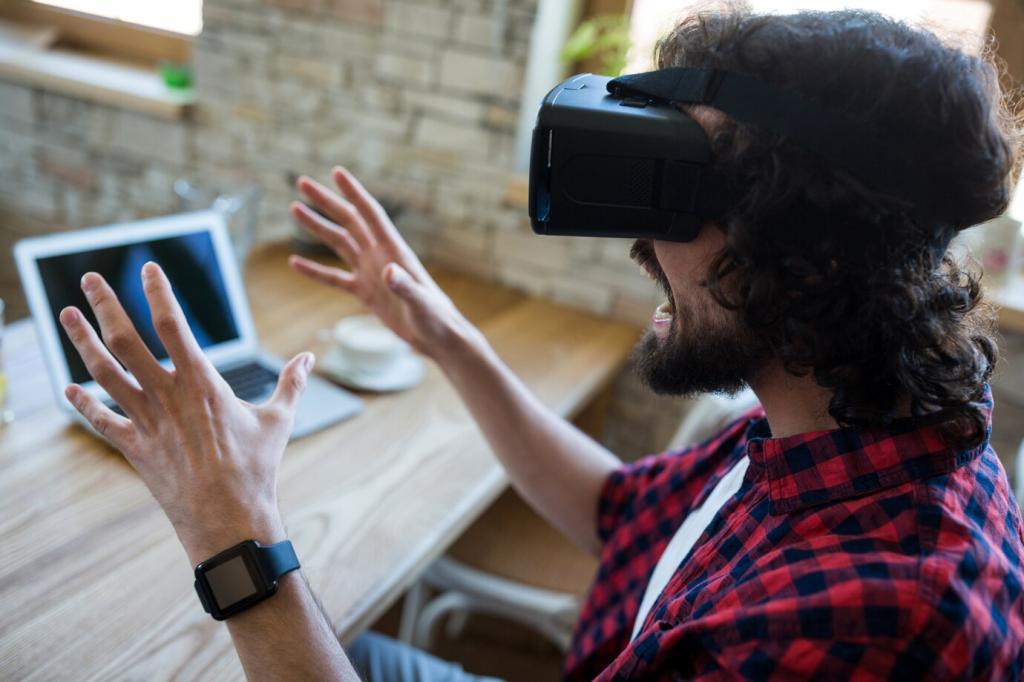
Building Your VR UX Career
Work closely with developers, 3D artists, sound designers, and learning specialists. Align on vocabulary, define interaction contracts, and prototype integration early. Regular playtests reveal issues faster than documents. How do you keep collaboration fluid, respectful, and productive when so many specialties intersect inside a single immersive experience?
